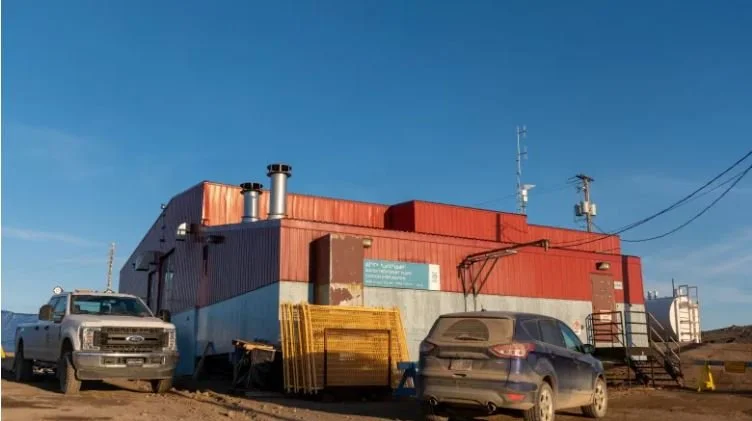23 Saint Johners trapped laundry lint for a year to keep microplastics out of waterways
Taylor Kormann didn't know what to expect when she signed up to collect the goopy leftovers of her laundry cycles for a year as a part of a citizen science project for the Atlantic Coastal Action Program. "It was almost shocking to see what's coming out of the laundry," Kormann said. Kormann and 22 other Saint John residents spent 2022 collecting the wet lint from their washing machines to measure the microplastics their wash cycles were contributing to the city's water system.





